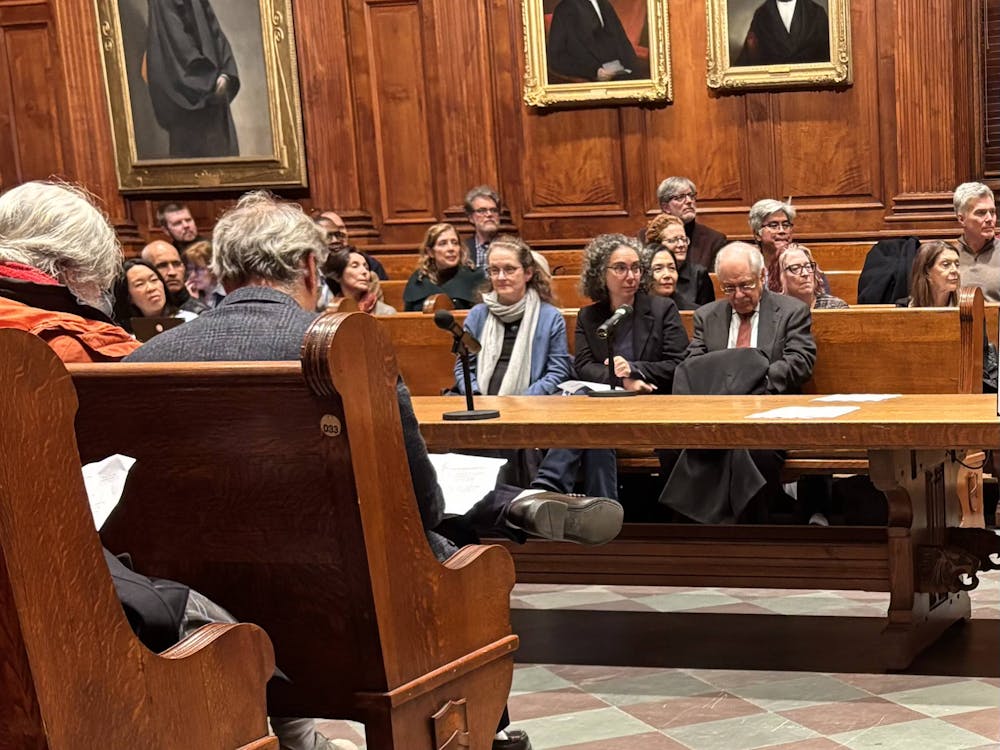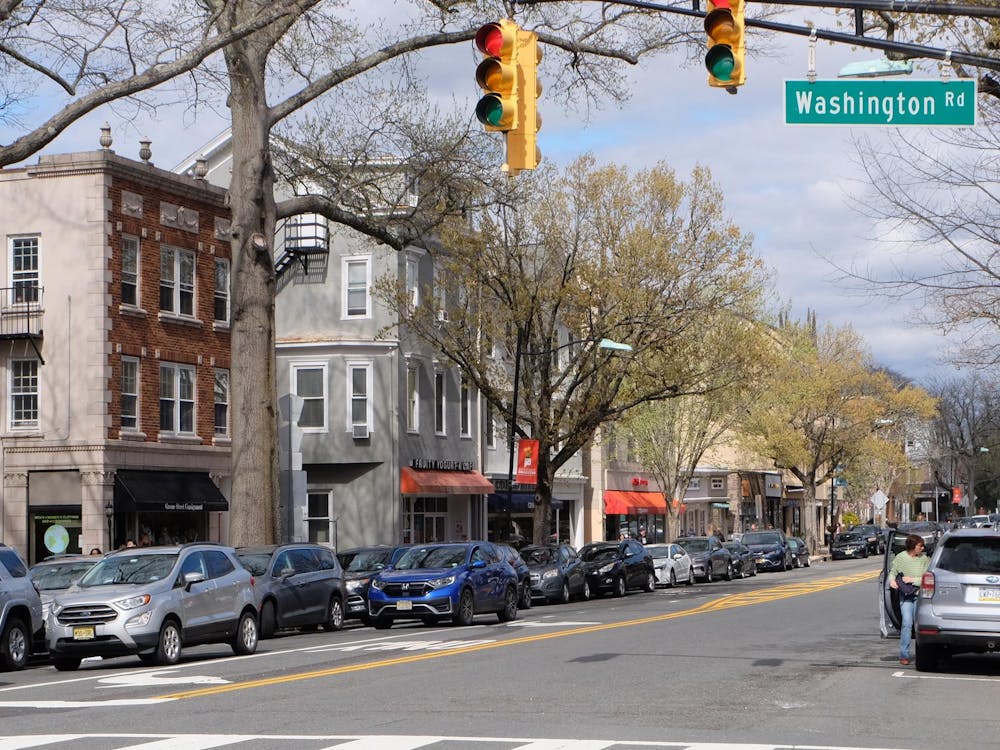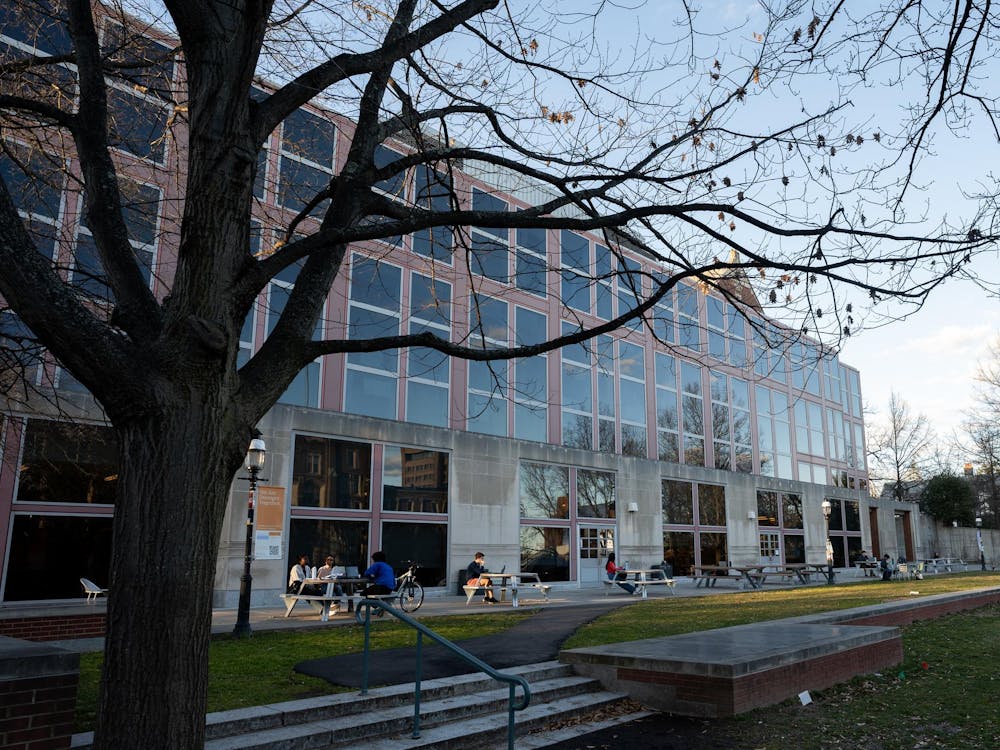The lights of Jadwin stadium, Fine tower and the Graduate College's Cleveland tower lit up Monday night for the 50th anniversary of Albert Einstein's death and the 100th anniversary of Einstein's annus mirabilis, or 'miraculous year,' during which he published three seminal papers that revolutionized the study of physics.
The light relay that traveled west around the globe between Monday and Tuesday night began and ended at Princeton. The idea was for one place to light up and then the next location would join in, until the light stretched around the globe.
The worldwide event — sponsored by the Austrian Physical Society — chose Princeton as the beginning and the end of the relay because Einstein lived in Princeton for twenty years before dying here, electrical engineering professor Claire Gmachl said.
"Einstein is so closely related to Princeton," she said. "This was a celebration for the Princeton students to celebrate Einstein and physics."
Gmachl said the lights illuminated around the globe took the form of "actual light": telephone calls, which are signaled by fiber-optic cables, and emails, whose signals sent under the Atlantic Ocean count as light.
Locally, the Princeton Society of Physics Students organized the event that, in addition to the lit buildings, included a laser show, a reception and a lecture about Einstein in McDonnell Auditorium by astrophysics professor Richard Gott GS '73.
"Professor Gott did an incredible job of taking Einstein's more complex theories and explaining them in an easy and understandable way," said Saahill Desai '06, who attended the lecture and the laser show.
"It was a lot of fun, and the light show was a great addition to the whole event," he added.
Adrian Liu '06, co-president of the Princeton Society of Physics Students, said that he was excited to get involved with the relay because of the contributions Einstein made to the study of physics and to science in general.
"Professor Gott was right in his speech," Liu said. "He said that Einstein is probably one of the greatest physicists of all time. It is an honor to share the same town and century with him."
Gmachl said 120,000 people worldwide participated in the global lighting event, with four or five signed up from Princeton.
"The event [at Princeton] drew a much bigger crowd than we thought," Gmachl said.

Liu noted those who attended the event ranged from University physics students to high school students and younger children.
"The event was not limited to people only in physics," he said. "One of the things about Einstein is that, even if you know nothing about physics, you still heard of E = mc2 and know that he was a genius."
The relay ended Tuesday night when a team in France emailed a video of their celebration to Princeton, Gmachl saids.
"The event overall worked out really well," she said. "We really need to thank those who made it possible, like the building people who turned on the lights."
Liu was also pleased with the event and with the audience's reception of Gott's lecture.
"For things like physics, people have preconceived notions that it is inaccessible to the layman," he said. "It was a good counterexample last night. I am glad it worked out."







